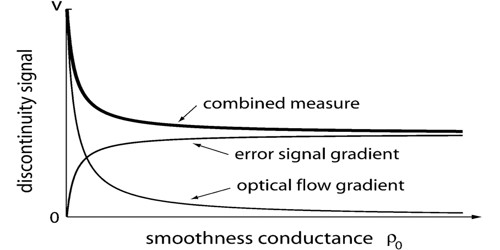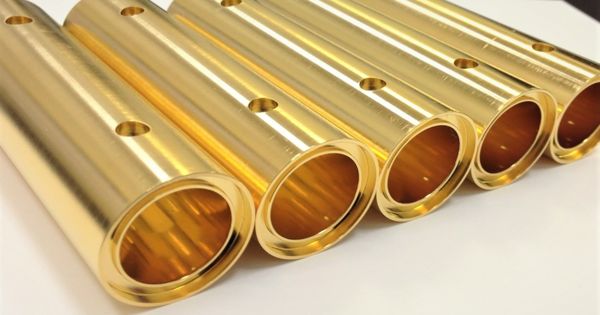Titanium nitride (TiN) is a compound of titanium (Ti) and nitrogen (N). It belongs to a unique class of refractory metals where a nonmetallic element (N) forms a compound with a transition metal element (Ti). It is an extremely hard ceramic material, often used as a coating on titanium alloys, steel, carbide, and aluminum components to improve the substrate’s surface properties. It is a bright gold ceramic coating applied to metallic surfaces by the physical vapor deposition (PVD) process. The unusual combination of the metal with nonmetal and interesting properties that ensue have challenged scientists to explain the nature of bonding in these materials.
TiN is a metallic compound characterized by a high melting point, ultra-hardness comparable to that of diamond, good electrical and thermal conductivity, and high resistance to corrosion. Applied as a thin coating, TiN is used to harden and protect cutting and sliding surfaces, for decorative purposes (due to its golden appearance), and as a non-toxic exterior for medical implants. In most applications, a coating of fewer than 5 micrometers (0.00020 in) is applied.
Characteristics
- TiN has a Vickers hardness of 1800–2100, a modulus of elasticity of 251 GPa, a thermal expansion coefficient of 9.35×10−6 K−1, and a superconducting transition temperature of 5.6 K.
- The reaction of titanium metal powder with sodium azide where the solid reactants are ignited in a nitrogen atmosphere and the sodium is volatilized during combustion. The high hardness of this compound has also made it very attractive as a coating to extend the life of tools.
- TiN will oxidize at 800 °C in a normal atmosphere. It is chemically stable at 20 °C, according to laboratory tests, but can be slowly attacked by concentrated acid solutions with rising temperatures. Depending on the substrate material and surface finish, TiN will have a coefficient of friction ranging from 0.4 to 0.9 against another TiN surface (non-lubricated).
TiN becomes superconducting at cryogenic temperatures, with critical temperature up to 6.0 K for single crystals. The high hardness of this compound has also made it very attractive as a coating to extend the life of tools. Superconductivity in thin-film TiN has been studied extensively, with the superconducting properties strongly varying depending on sample preparation, up to complete suppression of superconductivity at a superconductor-insulator transition.
Uses
Titanium nitride is a refractory compound with high microhardness and chemical and thermal stability. TiN is widely used in microelectronics, biomedical devices, and food-contact applications. TiN has a variety of applications: as a component in special refractories and cermets, as a material for crucibles for the anoxic casting of metals, and as a precursor for wear-resistant and decorative “gold-like” coating. The electronics industry uses titanium nitride in very-large-scale-integration microprocessors as gates and diffusion barriers.
















